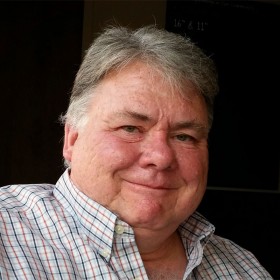Abstract: Changes in the Oil & Gas Industry – Unconventional Plays (Engineering Fused with Geoscience)
As a preview to our upcoming June 2018 RECORDER featuring the focus topic: Induced Seismicity, we present the following abstract for one of the featured articles.
Stacked tight sands and unconventional plays tend to be found together in what has been termed as deep basin environments also known as continuous basin-centered gas accumulations (BCGAs) which tend to be found predominately in foreland and intracratonic basins but are not restricted to these basins.
There are four geological factors that need to be looked at to determine the success of these stacked tight sands and unconventional plays:
- Fluid phase
- Mineralogy
- Pressure regime
- Rock fabric.
Geology and geophysics is key to understand these geological factors and to locate where they exist within the sub-surface which is known as sweet spots. Currently these sweet spots are drilled off strategically placed pads. To be able to plan both the optimal surface location of the pad and the horizontal well properly the time seismic needs to be converted to depth. This can be done using:
- 1. Velocity model built from well data such as sonic logs, check shots, or VSPs;
- 2. Combination of well data and seismic data to be able to better interpolate the velocity data between the wells using geology and geophysical constraints; and
- 3. Prestack depth migration.
The strength of the prestack depth imaging is it handles lateral velocity variations in the overburden between wells. This will position the zone of interest better both horizontally and vertically, which reduces the risk of getting out of zone. When the bit gets out of zone an adjustment needs to be made to get back into zone and this is referred to as “porpoising” because it resembles a porpoise breaking the surface of the water to breathe and then going back into the water. Staying in the zone of interest or the best rock will also increase production (Rauch-Davies, 2018).
One of the products of depth imaging is tomographic velocities that improve the spatial resolution of the seismic velocity field.
There is also automatic high density high resolution continuous (AHDHRC) velocities which can be used on prestack time or depth data, such as Swan velocities. Swan velocities corrects for the velocity error within the AVO gradient and updates the velocities. Swan velocities are residual velocities and may change the velocities by as much 10%. The use of AHDHRC velocities produces flatter gathers that can enhance vertical and horizontal resolution in the seismic, and, if the velocity field is overlain on the seismic data, can bring out the nature of the fault, be it a sealing fault or leaky fault, and illuminate zones that may be overpressured.







